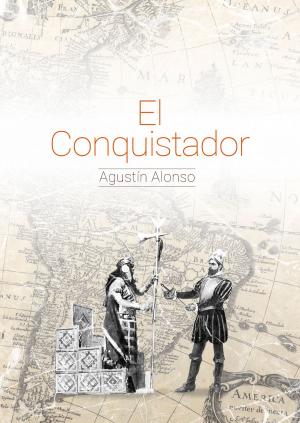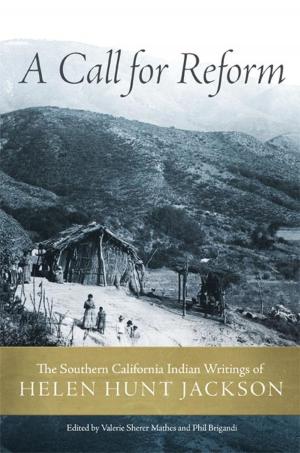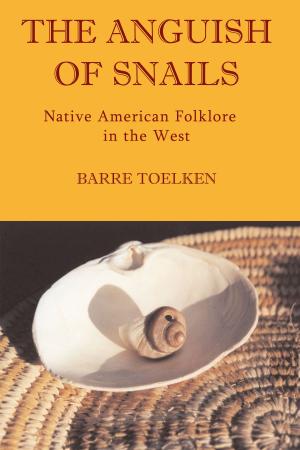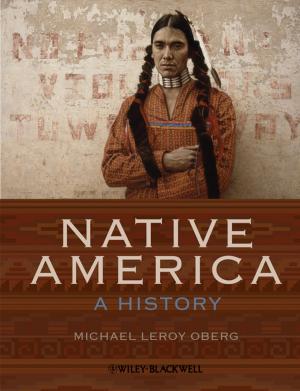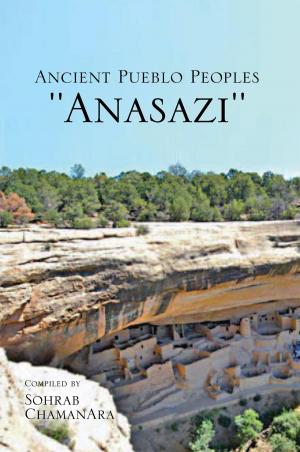| Author: | Ronald Earl Nicely | ISBN: | 9781625173416 |
| Publisher: | Ronald Earl Nicely | Publication: | December 19, 2013 |
| Imprint: | Ronald Earl Nicely | Language: | English |
| Author: | Ronald Earl Nicely |
| ISBN: | 9781625173416 |
| Publisher: | Ronald Earl Nicely |
| Publication: | December 19, 2013 |
| Imprint: | Ronald Earl Nicely |
| Language: | English |
The Four-Mile Run, located near the town of Ligonier, PA, was the scene of many conflicts and captures during the period of time from 1760 through 1790. The story of the (Kneisle) Nicely family is but one of the many stories from this area. The Knusli Mennonite ancestors originated in Zurich Switzerland and traveled through London to Philadelphia and then to Lancaster, PA in 1717. The (Kneisle) Nicely descendant line later moved onto a homestead near the Four-Mile Run Circa 1761. This book covers their journeys and the Indian capture of one of the family members, Jacob Kneisle. It is a remarkable story covering his capture and his life after his capture and the reuniting of his descendants with the other branches of the family 228 years after his capture. Nicely also presents several other capture stories to give the reader a historic view of the dangerous conditions that existed in the area of the Four-Mile Run during the Revolutionary War. His interest in genealogy led him to the capture of his 3 Great Granduncle and his research eventually aided in reconnecting with the descendants of Jacob Kneisle (Nicely) who was known by his Native American name of Tsu-Ka-We or Crow.
The Four-Mile Run, located near the town of Ligonier, PA, was the scene of many conflicts and captures during the period of time from 1760 through 1790. The story of the (Kneisle) Nicely family is but one of the many stories from this area. The Knusli Mennonite ancestors originated in Zurich Switzerland and traveled through London to Philadelphia and then to Lancaster, PA in 1717. The (Kneisle) Nicely descendant line later moved onto a homestead near the Four-Mile Run Circa 1761. This book covers their journeys and the Indian capture of one of the family members, Jacob Kneisle. It is a remarkable story covering his capture and his life after his capture and the reuniting of his descendants with the other branches of the family 228 years after his capture. Nicely also presents several other capture stories to give the reader a historic view of the dangerous conditions that existed in the area of the Four-Mile Run during the Revolutionary War. His interest in genealogy led him to the capture of his 3 Great Granduncle and his research eventually aided in reconnecting with the descendants of Jacob Kneisle (Nicely) who was known by his Native American name of Tsu-Ka-We or Crow.




